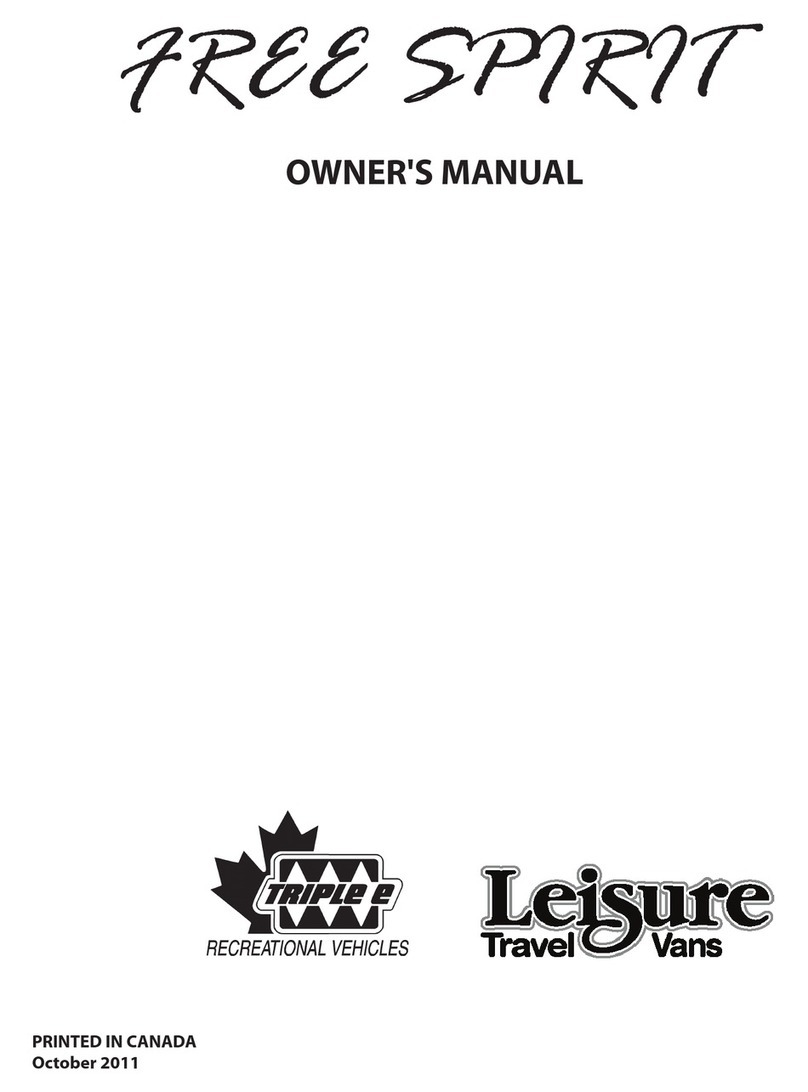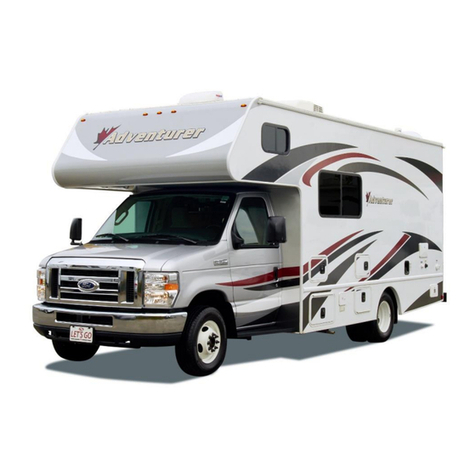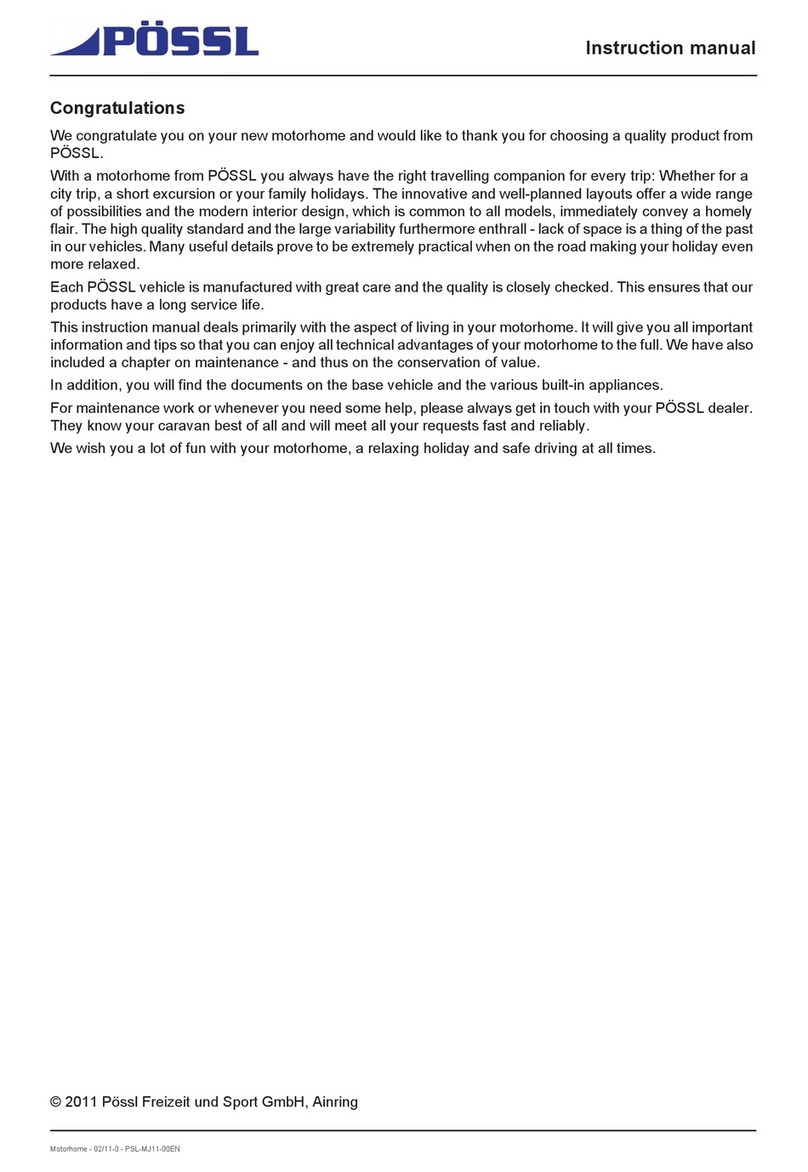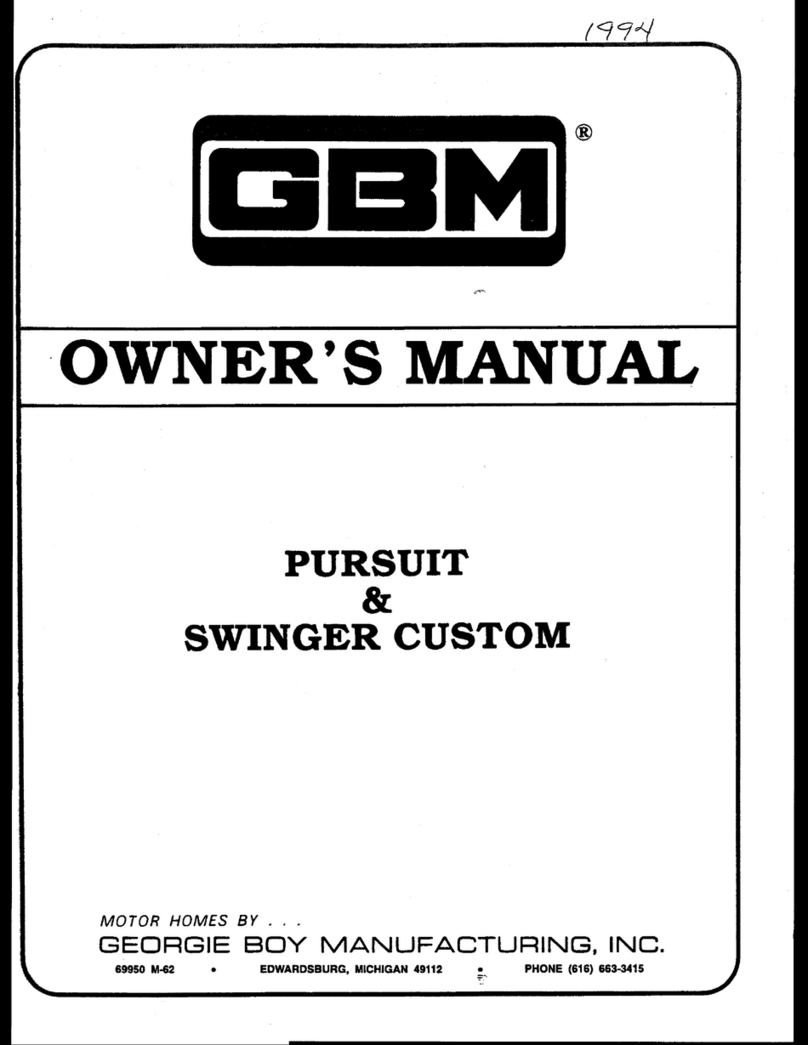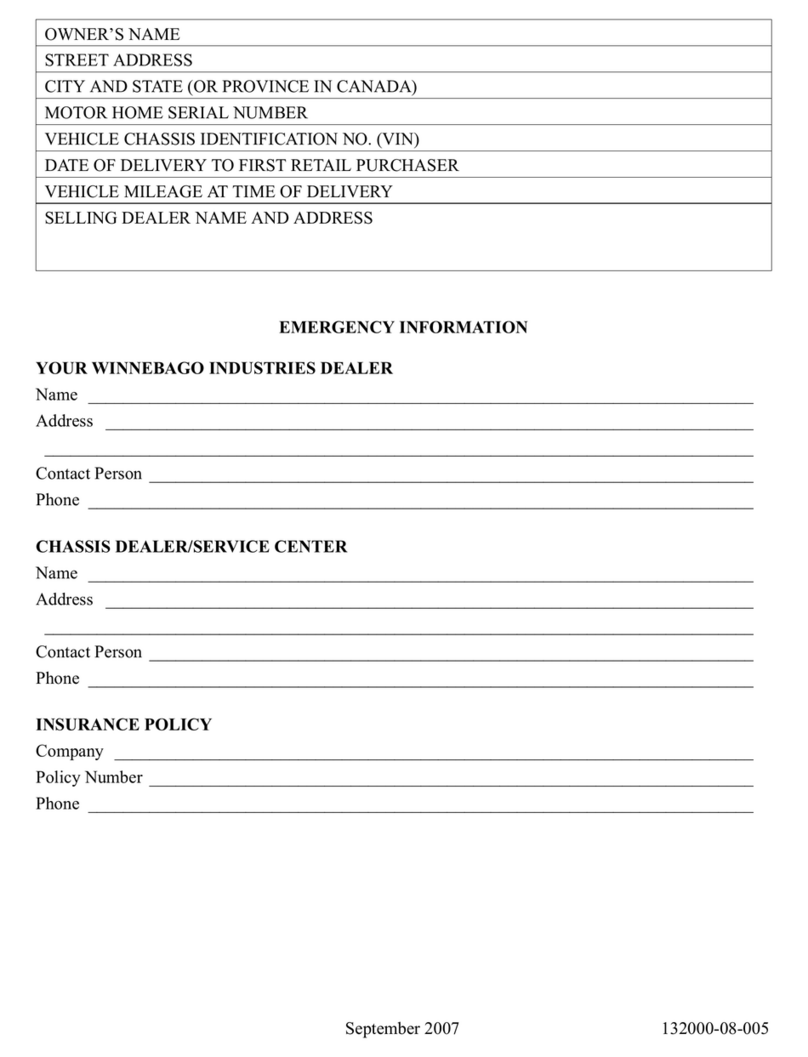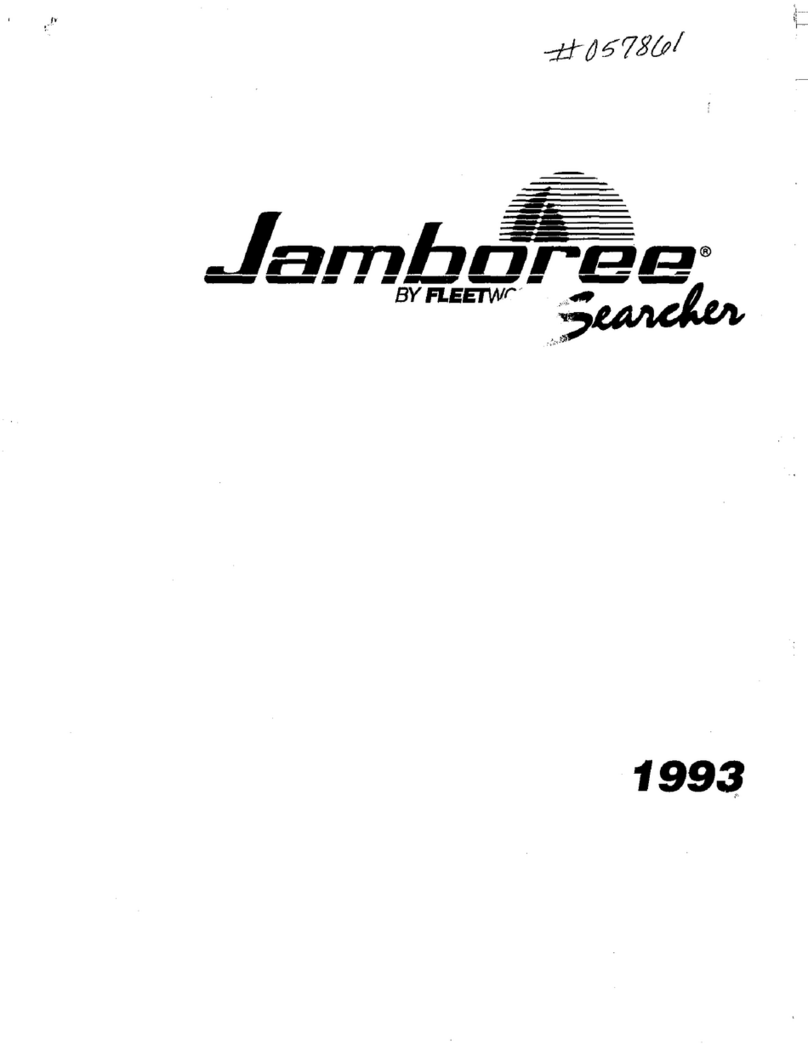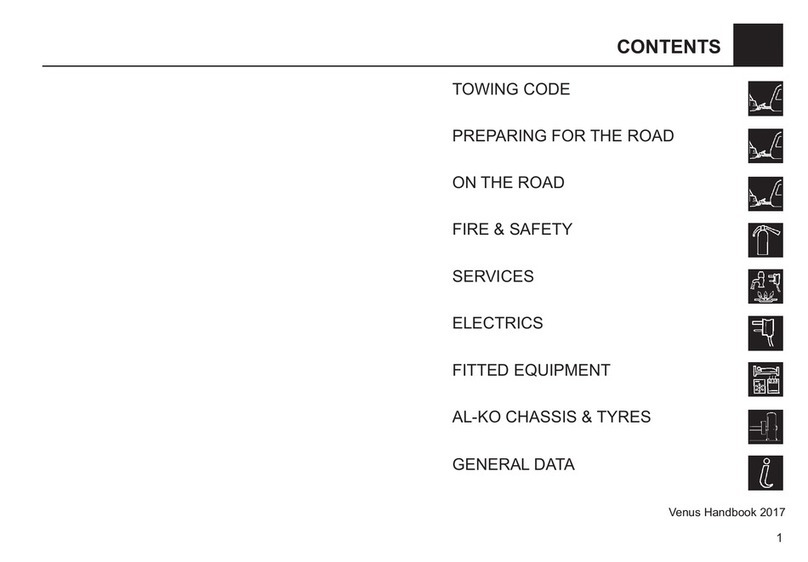
TABLE OF CONTENTS
SECTION 1—INSTRUMENTS AND CONTROLS
Driver’s Compartment . . . ..... . . . ...... . . .
Instruments and Controls ................ .
Steering Column . . .... . . . . . ......... . . . . .
Apollo Central Control .... . . . ...... . . . ...
Gas Monitor . . ... . . ...... . . . . ........ . . .
SECTION 2—OPERATING AIDS
¢I--n
-0O-O
..0~¢
--¢- -
-O-| |
Pre-Operating Checks . , ....................... .
Standard Trunk Equipment . . ...... . . . .........
Emergency Equipment .........................
Useful Equipment ........................... . .
Daily Trip Log . . . .......................... . .
SECTION 3-IDENTIFICATION
.¢- - ¢-¢-O
..» ¢ ¢--¢.
.-.QQ-¢-.
»--¢.QQ¢-
.-- - .---¢
>—~>—->—-
O'\-§I\)\IUJ
. . ....... 19
...... . .. 19
...... . .. 20
...... . .. 20
......... 21
Re-Registering Your Apollo . . . .. . ... . . . . . . . .. . . . . ....... 23
Identification ............ . .. . ............ . . . . .
I.D. Plates . . . ............. . .... , .............
Exterior 2600 Model .. . .. . ........... . ..... . ..
Floor Plans 2600 Model .. . . ...... . .. . . . ...... .
Exterior 3000 Model ....... . ......... . .... . ... .
Floor Plans 3000 Model i. . .. . . . ..... . ........ .
Exterior 3300 Model ... . . ,........ . . . .. . .. . . . . .
Floor Plans 3300 Model .... . .. . .........,.... .
SECTION 4-AUTOMOTIVE EQUIPMENT
¢u¢Qn ¢ ¢no
Qo-¢Qa~on
......... 25
......... 29
... . ..... 30
.... . .... 31
.. . . . . . .. 32
. , .... . .. 33
34
35
Fuel Tanks ...... . .... . ........................... . ....37
How to Weigh Your Apollo ......r.. . ..........
Front End Service Area ... . .. . .... . ... . r.... . . .
Fuse Block ... . C.. . . . .. . ....... . ,.............
Engine Compartment . . . ....... . . .......... . . . .
SECTION 5—EQUIPMENT OPERATION
Automotive Air Conditioner .... . ... . . ..........
Roof Air Conditioner . . . . . . ... . .. . .............
Electrical System ..‘ ... . . . .. . ...... . . . . . ........
Water and Drain System ... . .._... . . , ... . . .... . .
L.P. Gas System and Components ... . . . .........
Microwave Oven . . ......... . . ..... . .... . ......
Ice Maker . . . .. . .. . ........... . . . . . ...........
Blender . . . . ... . .......... . . . . .... . ......... . .
Vacuum Cleaner ....... . . . ....... . ...... . .... .
Automatic Entry Step . . ... . . .. . . . . .... . . . . . . . .
Horns ..................... . . ........ . . . . . . . .
uu-4 n A-nu
B¢uQQQQno
.... . . . .. 72
......... 72
.... . .... 37
......... 38
. . . . . . .wt 38
........0 40
.... . .... 41
......... 44
. . ....... 47
.....L.... 51
. . . . ..... 58
......... 67
...... . .. 69
70
7l
0716’


